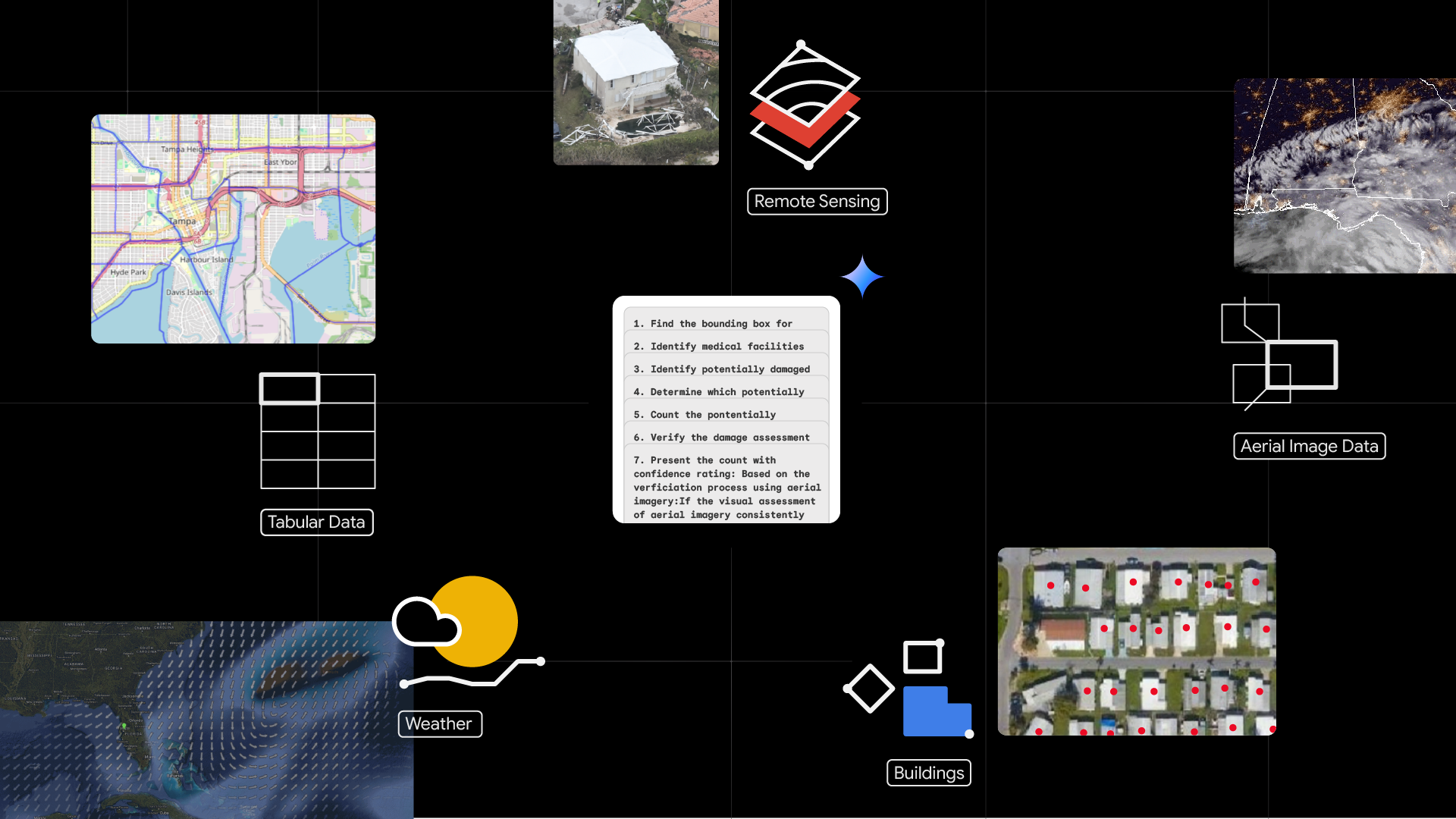
Announcing Guetzli: A New Open Source JPEG Encoder
March 16, 2017
Posted by Robert Obryk and Jyrki Alakuijala, Software Engineers, Google Research Europe
Quick links
(Cross-posted on the Google Open Source Blog)
At Google, we care about giving users the best possible online experience, both through our own services and products and by contributing new tools and industry standards for use by the online community. That’s why we’re excited to announce Guetzli, a new open source algorithm that creates high quality JPEG images with file sizes 35% smaller than currently available methods, enabling webmasters to create webpages that can load faster and use even less data.
Guetzli [guɛtsli] — cookie in Swiss German — is a JPEG encoder for digital images and web graphics that can enable faster online experiences by producing smaller JPEG files while still maintaining compatibility with existing browsers, image processing applications and the JPEG standard. From the practical viewpoint this is very similar to our Zopfli algorithm, which produces smaller PNG and gzip files without needing to introduce a new format, and different than the techniques used in RNN-based image compression, RAISR, and WebP, which all need client changes for compression gains at internet scale.
The visual quality of JPEG images is directly correlated to its multi-stage compression process: color space transform, discrete cosine transform, and quantization. Guetzli specifically targets the quantization stage in which the more visual quality loss is introduced, the smaller the resulting file. Guetzli strikes a balance between minimal loss and file size by employing a search algorithm that tries to overcome the difference between the psychovisual modeling of JPEG's format, and Guetzli’s psychovisual model, which approximates color perception and visual masking in a more thorough and detailed way than what is achievable by simpler color transforms and the discrete cosine transform. However, while Guetzli creates smaller image file sizes, the tradeoff is that these search algorithms take significantly longer to create compressed images than currently available methods.
experiments where compressed image file sizes are kept constant that human raters consistently preferred the images Guetzli produced over libjpeg images, even when the libjpeg files were the same size or even slightly larger. We think this makes the slower compression a worthy tradeoff.
-
Labels:
- Machine Perception
Quick links
×
❮
❯




